They won’t be sweating in the boardrooms of Munich, Stuttgart and Ingolstadt. Their dominance is secure, at least for a while. But just when we began to think that Germany’s ultra profitable hegemony in the premium car market was unconquerable, along comes a major motor show where the hot new premium cars were not from BMW, Audi or Mercedes.
I loved the Mercedes AMG GT – my show star – and the new variants of the handsome Audi TT impressed. But they are niche cars, unlikely to shore up Germany’s 40-odd year dominance of the global premium car sector.
Rather, the big volume premium stars at the Paris show were two new cars from Jaguar Land Rover – now the world’s fastest growing posh car maker – and a new big SUV from underachieving Volvo. We saw an impressive new Renault Espace, a premium-priced ‘crossover’ of outstanding exterior and cabin architecture (what a terrible shame it won’t come to Britain!).
Still in the French corner, Citroen’s upmarket DS brand matures and booms: its new Divine DS concept was stylish and handsomely proportioned, and highlights some clever thinking in personalisation.
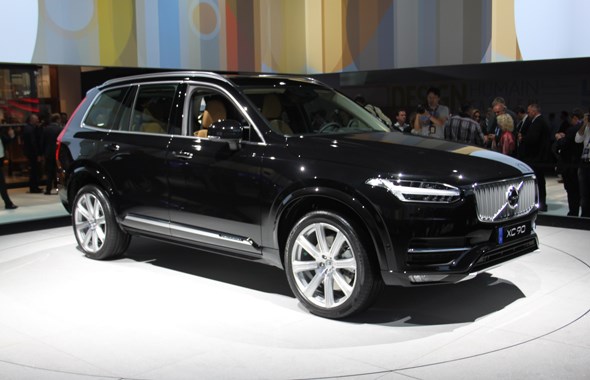
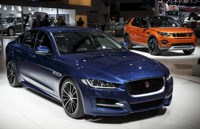
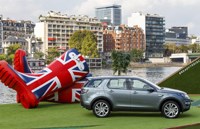
Even the Germans were trying to dethrone the Germans. The ‘people’s car’ maker Volkswagen showed a new Passat that will give those more conservative premium car buyers plenty of reasons to stray from the pricey bosoms of Audi, BMW or Mercedes. Mercedes loyalists, tired of the new testosterone design language, will be especially attracted.
Of these classy challengers, the two most significant are the Jaguar XE and Volvo’s XC90. They have badges that appeal and designs that are reassuringly elegant. The XE is distinguished by some step-ahead tech, not least lightweight and frugal new engines, and by its all-aluminium body. It’s a touch more conservative and predictable of style than I’d have expected – and is that not a BMW-like Hofmeister kink I see on the rear pillar? Never mind: there has never been a more appealing sporty 3-series alternative. Unlike the old X-type, this is a small Jaguar saloon that will sell.
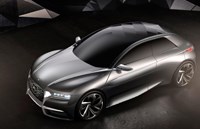
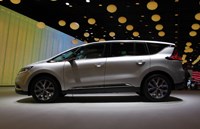
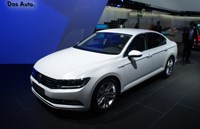
The XC90, designed by German Thomas Ingenlath (ex-Volkswagen), is big and imposing (the Chinese and Yanks will love it). True to its Scando-European roots, it is also cleanly styled and fuss-free. The cabin, in particular, is outstanding. Just as the first XC90 kick-started a Volvo sales boom just over a decade ago, so should the new one.
Elsewhere, the biggest theme of Paris was the SUV-like crossover explosion. Virtually every car maker was at it, from gross BMW X6 to glitzy Lexus NX, from capacious Sorento to cute 500X , from steroidal Vitara to spectacular Peugeot concept.
Some impressed. Most did not.
Now there is nothing wrong with the crossover idea. It allows car makers to expand into fresh new sectors, and throw away those old fashioned hatch/saloon/SUV class boundaries. Their lack of class distinction encourages creativity. But when most are merely bigger, heavier, lumpier and less aerodynamic ‘top hats’ on existing platforms – with usually minimal, if any, functional improvements – then I worry.
We are becoming like the Americans: more metal somehow signifies more desirable car, more mass means more man. The exact opposite is surely the case.